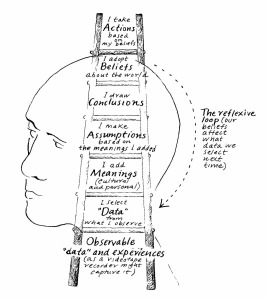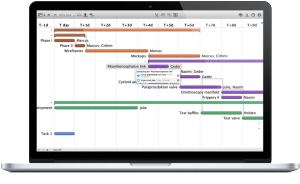Life is too busy. I continue to hear this from many people and it is especially true for the ones leading organizations. The leader often relays that they are so stuck in the day-to-day management of the business they cannot spend any time on the vision and direction. There are many techniques that help this, and I think one is getting clear on your planning horizon. What time frame should you be spending most of your time thinking about?
You have people for that
Let’s use the founder of the church as an example. Ten years ago he planted the church, and it has grown now to about 1000 people attending services on the weekend. In the beginning, he had to do nearly everything on his own, including dreaming about the long-term future and preparing for next Sunday. That works ok when an organization is very small because there aren’t that many details or moving parts to worry about. It is still a lot to think about and do. Now, he has staff and volunteers helping to run everything, but he is still in contact with each and every detail.
Do you trust people enough to guide and let go? If there are performance issues, then you can coach and train most people to get better over time. However, if there are trust issues where you can’t let go, that is usually a leadership challenge. Think about the worst thing that could (realistically) happen if you let them go on their own? If that risk is acceptable (and it usually is), then practice letting go.
Visualize your planning horizon
If you have a way to see your planning horizon, the time frame that should consume most of your thinking, then you can communicate effectively to others about your role and theirs.
What most people do as the organization grows and their leadership role expands is shown below. Note how they might be the founding pastor with visionary responsibilities, but they are still operating in the near term.

What I recommend is to shift the planning horizon rather than expand it. We all have to do a little bit of thinking about today and this week so we remember to get up in the morning, attend the staff meeting, or buy groceries. The question is where most of your time is focused at work.

Your Next Move
The next time you are too busy to think about the vision and direction of your church, consider drawing out your planning horizon, and do the same for those around you. If there is too much overlap, or you see gaps, then you have work to do so each of you can be working on the right stuff.



